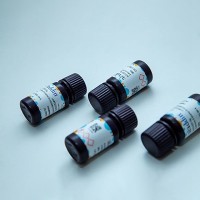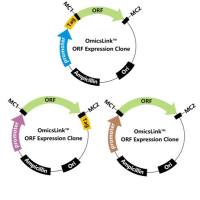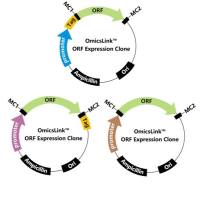Over the past four decades, studies directed toward the elucidation of mechanisms involved in the hormonal regulation of metabolism have burgeoned into the field we now know as cellular signal transduction. Both then and now, the role of protein phosphorylation has been central to these investigations, and most physiological processes appear to be subject to phosphorylation-dependent modulation. Detection and quantitation of changes in the state of phosphorylation of specific proteins is of great utility in the quest to establish the function of a given protein and the consequences of its reversible phosphorylation. Two methods commonly used to measure protein phosphorylation and dephosphorylation in cell preparations employ prelabeling with ♪32P or back phosphorylation (see Chapters l-3). These methods continue to be very effective and have advantages for many test systems, but they do have several practical and theoretical limitations (Nestler and Greengard, 1984; Chapters 1–3, this volume). Based in large part on the successful use of short synthetic peptides to produce epitope-targeted antibodies (Lerner, 1982; Sutcliffe et al., 19831, an immunochemical approach became an attractive alternative for detecting changes in the state of phosphorylation of specific proteins at a specific site. The use of phosphorylation state-specific antibodies takes advantage of the sensitivity and selectivity afforded by immunochemical methodology, combined with relatively simple preparation and potentially broad applications.






